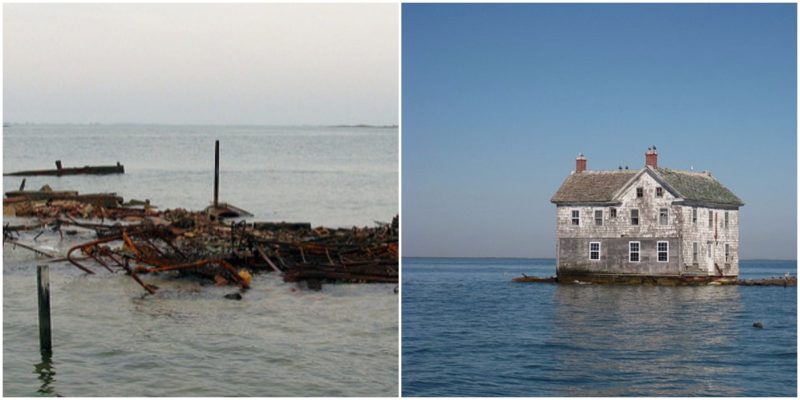Holland Island was an island located in Chesapeake Bay, Maryland, United States. The island was home to fishermen and farmers but was later abandoned.
In 2012, the island completely vanished. Because of the erosion caused by the rising sea level, Holland Island today lies underwater in Chesapeake Bay. Like the most of the islands in the bay, Holland Island was made of mud and silt, and at high tide, the island was underwater.
Once it was the center of a flourishing community, but later, seabirds were the only residents. Terns, herons, and brown pelicans were found on the island.
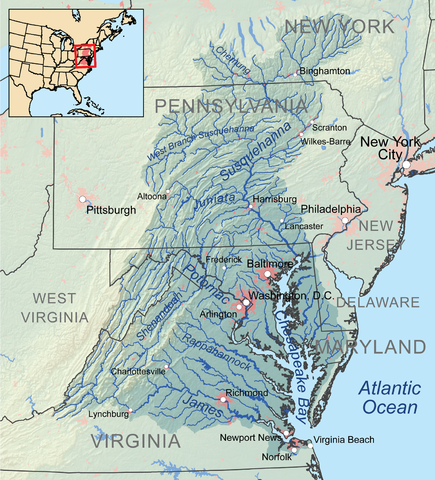
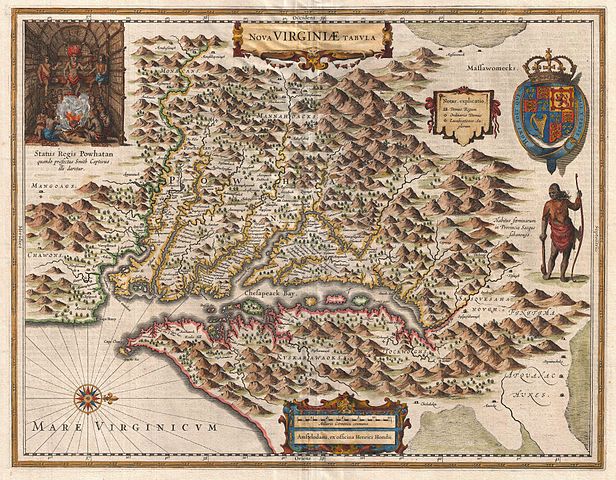
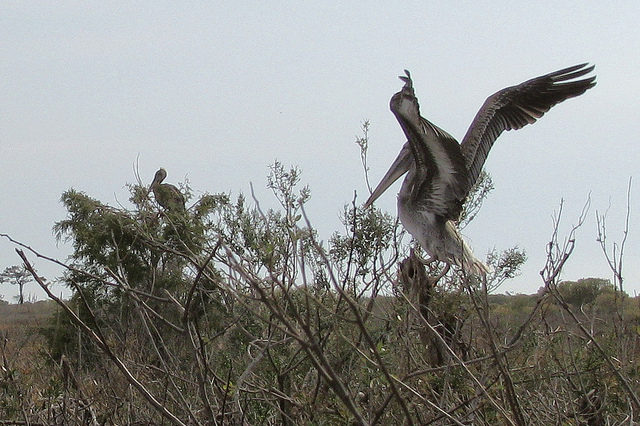
The island was colonized for the first time in the 1600s and was named for its first owner, the colonist Daniel Holland. In the second half of the 19th century, Chesapeake Bay had a fishing boom and many people came to live at Holland Island.
At its peak, in 1910, the island was inhabited by roughly 350 persons, making it one of the most populated islands in the bay. There were nearly 70 homes, dozens of stores, a post office, a school, a church, and even a baseball team.
Most of the islanders were fishermen who supported their families primarily by catching fish, crabbing, and dredging for oysters. Their fleet of fishing vessels had more than 90 boats, some of which were built on the island.
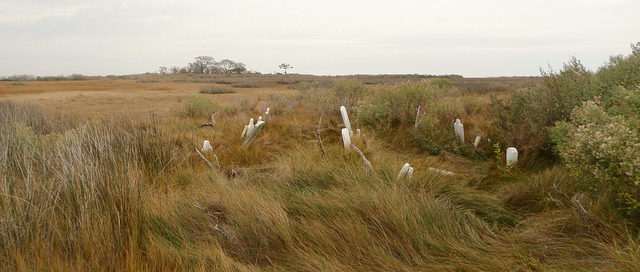
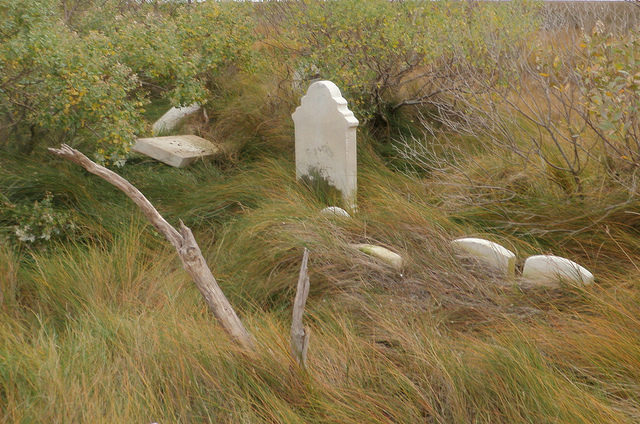
The lack of a solid rock foundation made Holland Island more vulnerable to shoreline erosion caused by the crashing waves and strong winds. The soil structure of the other islands in the bay is similar and they are also in danger of disappearing.
Erosion started to seriously damage the west side of the island in 1914. This forced people to move to the mainland. Many took apart their homes and moved them to the mainland. The last family moved off the island in 1918. Until 1922, a few of the former inhabitants lived there during the fishing season. That year the local church was closed and relocated to Fairmount.
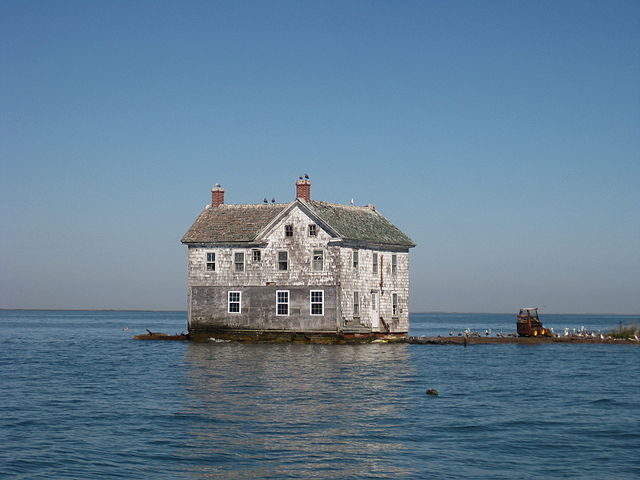
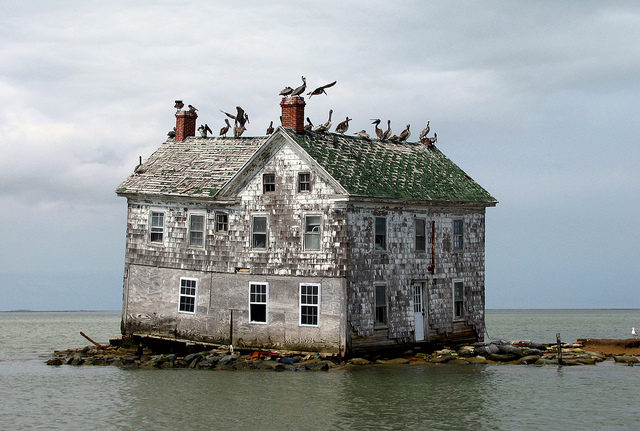
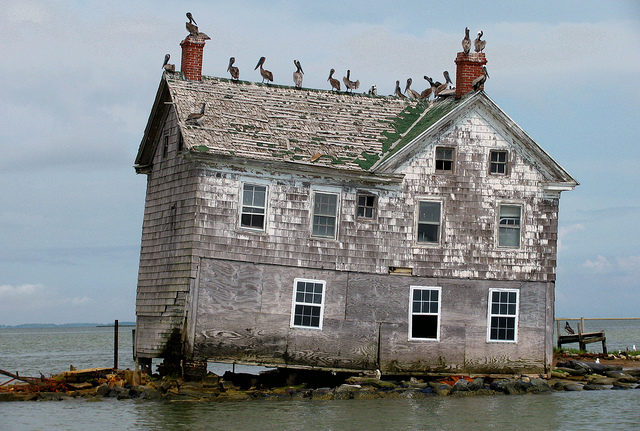
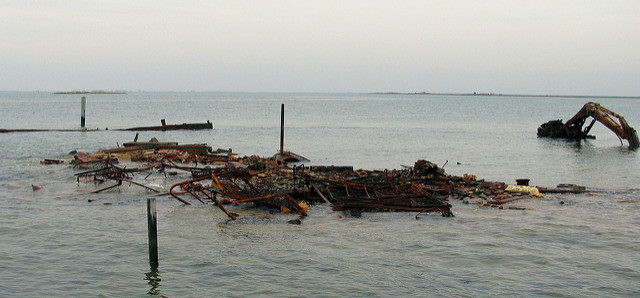
Attempts to save the island by building stone walls were fruitless. Global warming only accelerated the sinking. The last house on Holland Island held out for several years but collapsed in 2010 after a severe storm. Today Holland Island is completely underwater. The town is somewhere down under the bay’s waters.
